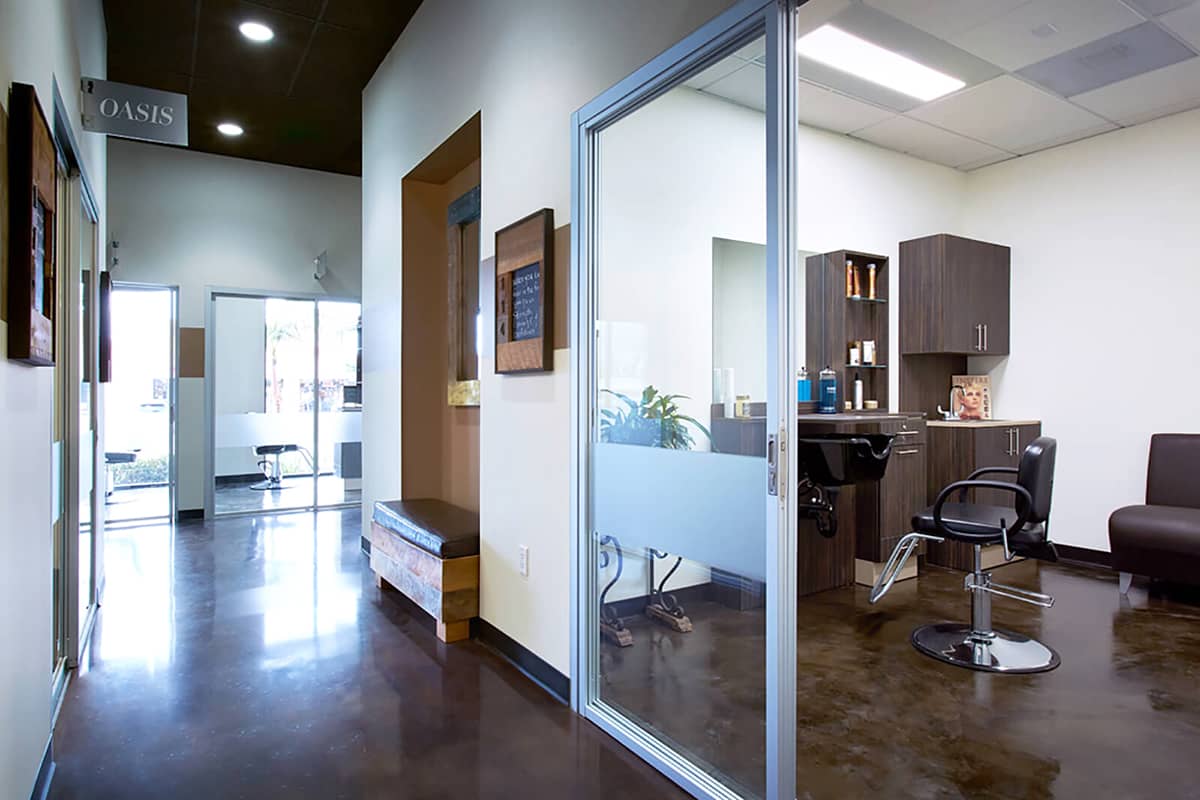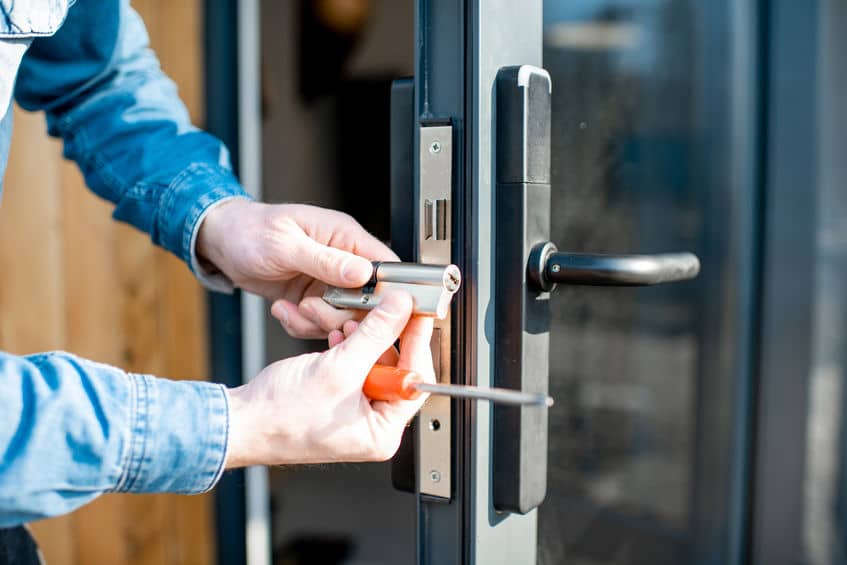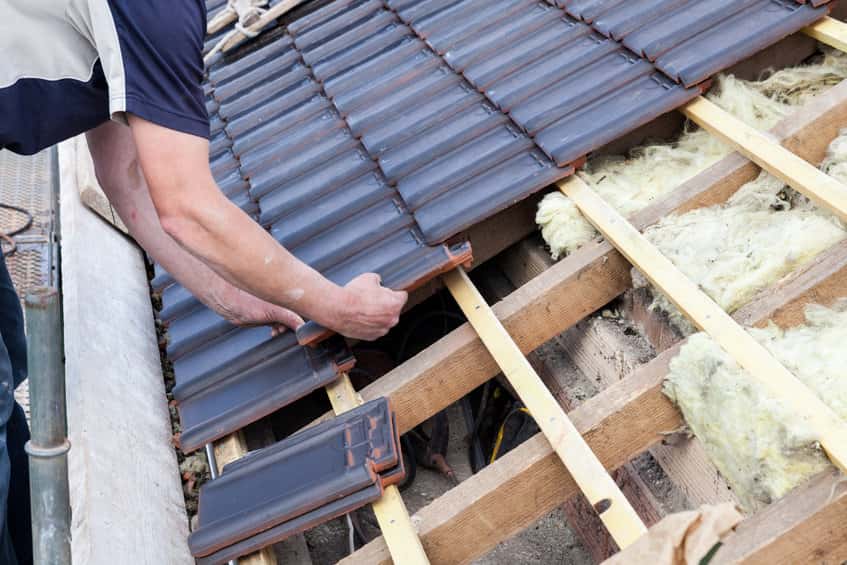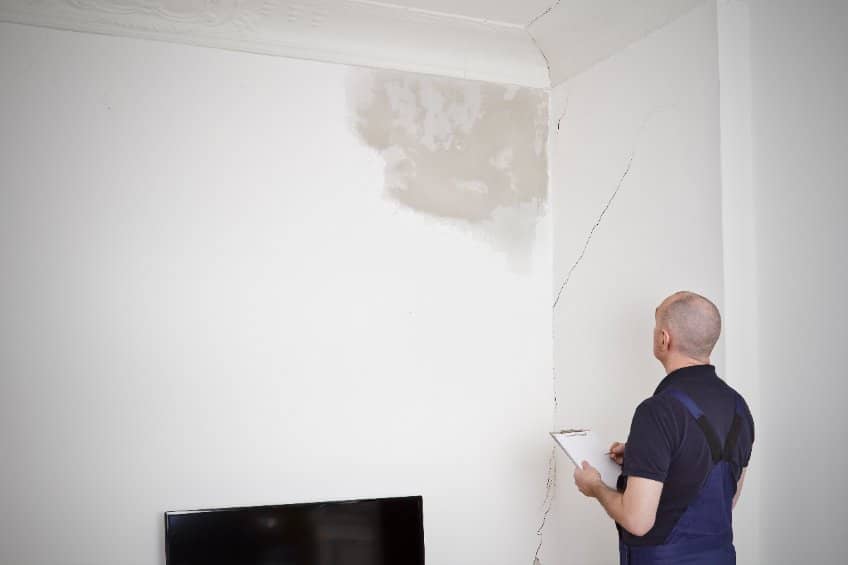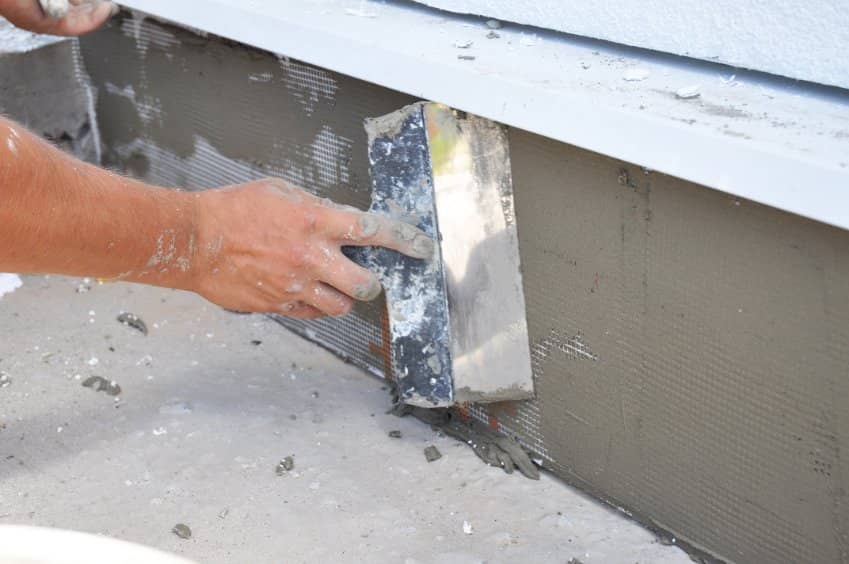If you’re leasing a commercial space in Long Beach for the first time, the term “tenant improvement” may be new to you, but it’s an important one to understand. As a commercial tenant, understanding tenant improvements can mean the difference between having a well-outfitted space that meets your needs and one that is merely adequate. As a building owner or manager, using tenant improvements to your advantage can bring a big boost to your tenant retention rates and your bottom line.
What Are Tenant Improvements?
A tenant improvement project involves modifying a leased commercial space for the specific company that will be occupying the space. A tenant may need modifications based on some specialized equipment they use, or they could need a reallocation of the space to include more offices and less communal space, or vice versa. In some cases, tenant improvements are merely cosmetic (new carpet and paint), while other times, they are much more extensive and involve changing the entire floorplan of the space. Tenant improvements are often paid for by the building’s owner as an incentive for the renter to sign a lengthy lease. However, there are times when tenant improvements are paid for by the tenants themselves—it all depends on the terms of the lease.
A tenant improvement project could also include improving the energy efficiency of the building or bringing a space up to code. Since building codes in California change every three years, a Long Beach building that was up to code when it was built may need some tenant improvements today to keep it in compliance with current standards.
Where to Start with Long Beach Tenant Improvements
A great place to start with a Long Beach tenant improvement project would be to call a Long Beach architect. An architect can take into consideration both the requirements of the tenant and the code upgrades the building needs and create detailed plans that can then be submitted to the city for approval. You want to choose an architect who has experience working with the city in which the building is located, since he or she will have a better understanding of what the code checkers are looking for and how they want to see the plans drawn up. Knowing these things can often greatly shorten the approval process, so the tenant can move into the space that much sooner.
Trends in Long Beach Tenant Improvement Projects
Mark Grisafe, owner and lead architect at Grisafe Architecture in Long Beach, has found that the pandemic has changed the way building owners and tenants approach tenant improvements.
He says that some companies that are leasing commercial spaces “…are finding that they need less space, as a portion of their employees will be working from home permanently. Others are choosing to reallocate existing space for employees who now have a hybrid schedule. Conference rooms, meeting rooms, and huddle rooms are all being reimagined, as virtual meetings are now the new norm for many companies.”
To building owners and building managers in Long Beach, Grisafe says, “You need to make sure your commercial spaces appeal to the largest number of potential tenants. It’s a competitive market out there, and potential tenants are able to be picky. In addition, for your already-occupied spaces, it’s important to keep tenants happy, ensuring that they renew their leases at the end of their terms. It can be tempting to ‘leave well enough alone’ when you have a space that’s occupied, but in this current market, where supply is higher than demand, you may need to offer some tenant improvements as an incentive for them to sign a new lease.”
Long Beach tenant improvements, when done right, can really be a win-win for the lessor and lessee. The lessee gets a space that suits their needs, and the lessor is rewarded with happier tenants who tend to stay longer.
